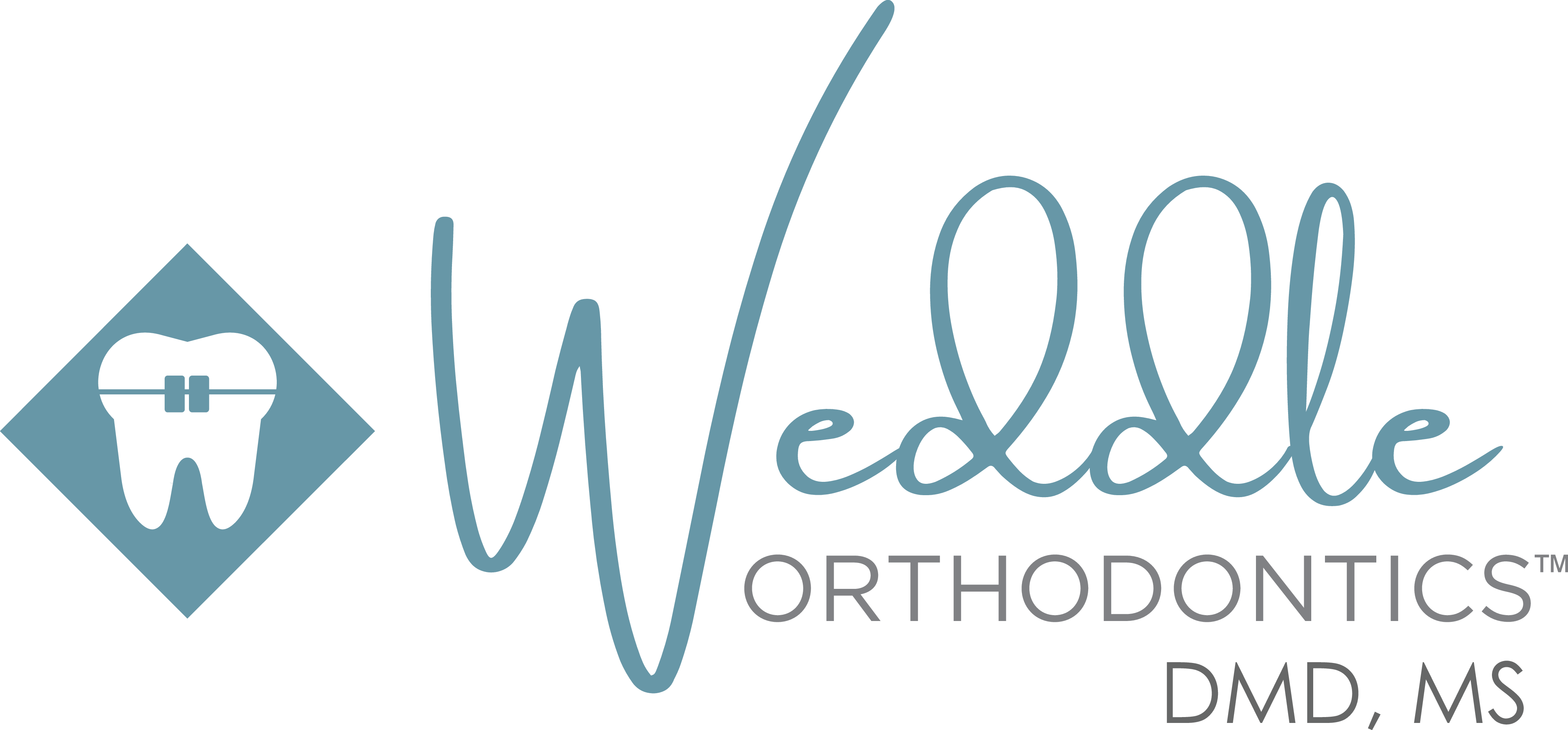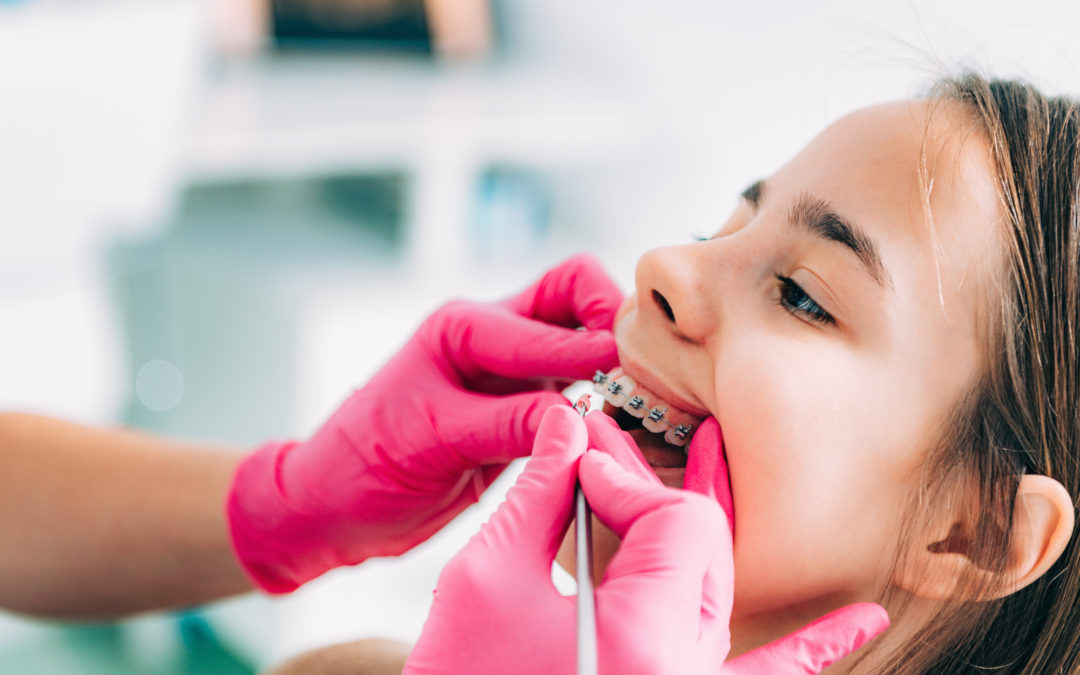Around 4.5 million Americans wear braces on their teeth. Most of these are children and teenagers. They treat orthodontic problems like crowding, spacing, or crooked teeth.
There are many different types of braces to choose from today, depending on the need and what is being treated. If you aren’t sure what type of braces your child needs, keep reading. We will discuss the types of braces and what to consider when you choose braces for kids.
Does My Child Need Braces?
If your child has any obvious problems with their teeth, you may be wondering if they need braces. Braces are often used to treat crowding, overbites, and underbites. You will be able to tell if your child has these problems by looking at their teeth.
Other issues that may cause you to see an orthodontist include early loss of baby teeth or difficulty chewing and biting food. Less obvious signs are frequent mouth breathing and thumb sucking. Children should see an orthodontist by the time they are seven years old.
The earlier your child goes to the orthodontist, the sooner they can detect subtle problems. They can track jaw growth and emerging teeth. Orthodontists can even find issues in children who have straight teeth.
What Issues Need to Be Fixed?
Knowing the orthodontic problems your child has can help you decide which type of braces is best. Serious issues may need metal braces to correct the issue. Small gaps or crooked teeth may be able to be fixed using clear aligners.
If you are unsure of your child’s specific orthodontic issues, meet with an orthodontist for an evaluation. They will be able to work with you on choosing the right braces for your child.
Appearance
Your child might have a preference on how they will look with braces on. Teens especially may have an opinion of their appearance. It is important that your child feels heard and will be happy with the choice of braces.
Metal Braces
This type of brace is made from stainless steel. It consists of metal brackets and wires to straighten teeth. These are the most common type of braces.
Ceramic Braces
Ceramic braces are clear and are as effective as metal braces. They are less noticeable, making them a popular choice with teens and adults. They are more fragile than metal braces, though.
Comfort
All braces take getting used to, but some types may be more comfortable than others. Consider how your child’s mouth will feel and the level of pain that comes along with braces.
Prepare your child for the pain they will feel when it comes to wearing braces. Remind them that it is happening because the braces are working to correct their teeth.
Responsibility Level
Consider how responsible your child is when choosing braces. Clear aligners are great for those who will remember to wear them. Otherwise, they will not be effective in treating orthodontic issues.
While older kids and teens may do well with removable clear aligners, permanent braces may work better for younger kids. They may also be a good option for forgetful children. It makes it, so they have no choice but to wear them.
Activity Levels
Permanent braces can get in the way of an active child. It may cause discomfort during activities and sports where they may get hit in the mouth. In this case, removable aligners may be a good choice.
It will allow them to take part in activities while still getting the benefits of braces. Clear aligners can prevent damage to braces during impact sports.
Cost Consideration
The budget you set for braces can help you decide which will be best for your child. Once your budget is set, you can narrow down your options to those within it. Clear aligners tend to be more expensive than metal braces, so keep that in mind while comparing prices.
Often, orthodontists will offer payment plans for treatment. Remember this when considering the type of braces that are best for your child or teen.
Care Involved
Each treatment option will come with a level of extra care your child will be responsible for. Braces need to be maintained and cleaned in a certain way for them to last and avoid damage.
Those with metal braces will need to avoid certain foods that may stick to braces. It can lead to braces being pulled off the teeth and damaged. Your child will also need to learn a new way of flossing to get around the metal bands.
Clear aligners get removed before eating, so your child will need to carry a case with them in a safe place. They will also get removed before brushing and flossing, making it easier to care for their teeth.
Brace Treatment Length
How long your child will need to wear braces depends on the severity of their orthodontic problem. How compliant your child is will also affect the length of treatment. Treatment can last between 1 to 3 years.
Traditional braces are worn for 18-24 months on average. The timeline can change depending on the severity of the problem. Treatment with clear aligners can be completed in 12-18 months.
Check-in with your orthodontist to understand how long treatment will last for your child. They will be able to give you estimates for each type of brace they offer.
Consider Your Options as You Choose Braces for Kids
Orthodontists can help you to choose braces for kids. They can walk you through the different options and help you decide which is best for your child and lifestyle. You will be able to discuss pricing options, and payment plans to help you pay for these services.
Braces can fix problems such as crowding or uneven spacing. They can fix crooked teeth and correct abnormal bites. Braces improve dental health for people of all ages.
Be sure you schedule your child for an orthodontist appointment before they are seven years old. If you are in the Westminster, CO area, request an appointment with us today!


Recent Comments